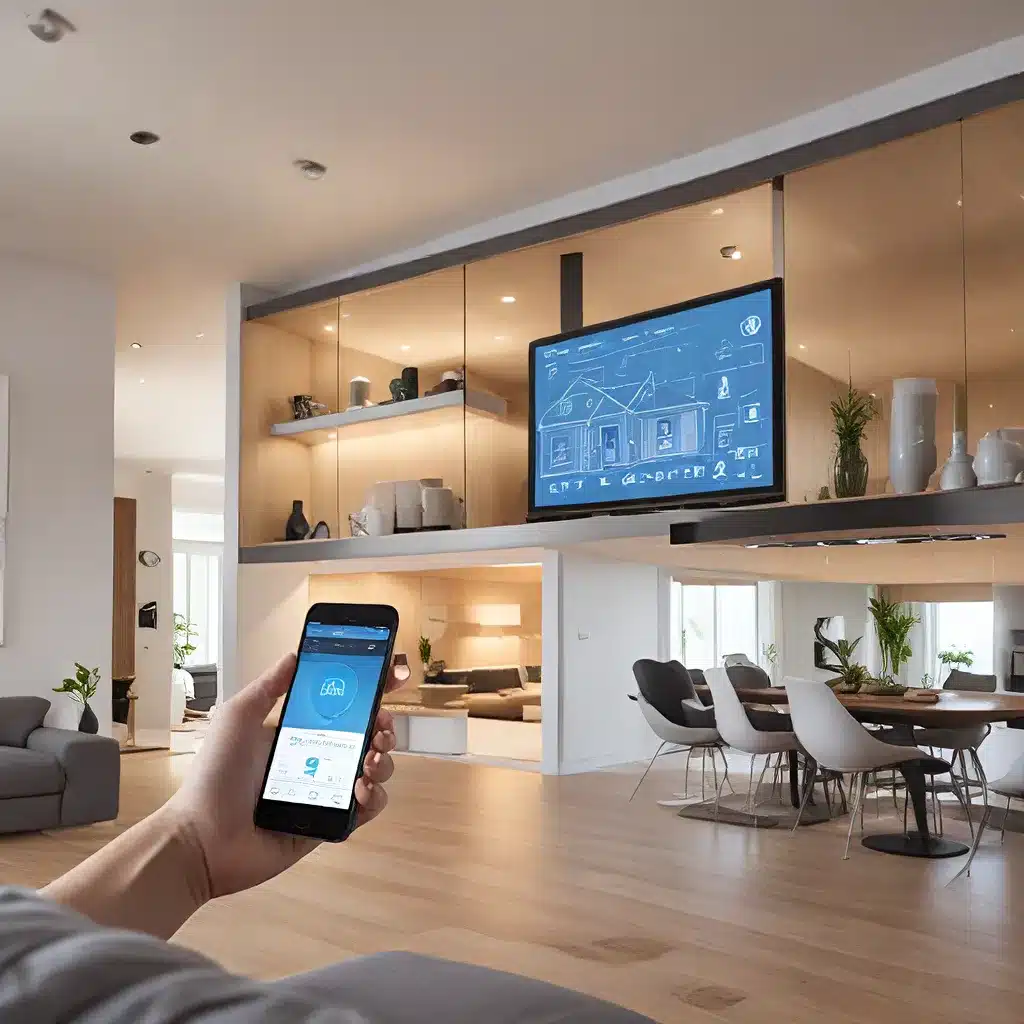
The world of smart home technology has undergone a remarkable transformation, revolutionizing the way we interact with and control our domestic environments. At the heart of this evolution lies the sensor network, a powerful and interconnected ecosystem that enables the seamless integration of various devices and systems within the home. As we delve into the realm of sensor-enabled smart homes, we’ll explore how these technologies are enhancing comfort, convenience, and energy efficiency, while addressing the challenges and security considerations that come with this rapidly advancing field.
The Rise of the Smart Home: Revolutionizing Domestic Experiences
A smart home is a residence that employs internet-connected devices to enable the remote monitoring and management of appliances, lighting, heating, and other systems. These IoT (Internet of Things) technologies work together to create a cohesive and automated network, empowering homeowners to control and optimize their living spaces with remarkable precision and convenience.
One of the key components of a smart home is the smart home hub, a central device that acts as the nerve center for the entire system. This hub integrates and coordinates the communication between various smart devices, allowing for seamless control and data sharing. Leading examples of smart home hubs include the Amazon Echo, Google Home, and Wink Hub.
Beyond the hub, smart home technologies encompass a wide range of devices, from smart thermostats and security systems to intelligent lighting and appliances. These devices can be programmed to follow specific schedules or respond to voice commands, offering unparalleled convenience and customization for homeowners.
Enhancing Comfort and Convenience
One of the primary benefits of a sensor-enabled smart home is the enhanced comfort and convenience it offers. By leveraging sensors and automation, these systems can adapt to the homeowners’ preferences and habits, creating a truly personalized living experience.
For instance, smart thermostats can learn the homeowners’ temperature preferences and schedules, automatically adjusting the climate to ensure optimal comfort throughout the day. Smart thermostats can also integrate with other home systems, such as lighting and shading, to create a seamless and cohesive environment.
Moreover, smart home devices can be controlled remotely, allowing homeowners to manage their appliances, lighting, and security systems from anywhere. This level of control and accessibility can be particularly valuable when residents are away from home, enabling them to monitor and adjust settings to ensure their property’s safety and efficiency.
Enhancing Energy Efficiency
In addition to improving comfort and convenience, sensor-enabled smart homes play a crucial role in enhancing energy efficiency and reducing environmental impact. By leveraging advanced sensors and data analysis, these systems can optimize energy consumption and minimize waste.
Smart thermostats, for example, can automatically adjust the temperature based on occupancy and usage patterns, ensuring that energy is not wasted on heating or cooling unoccupied rooms. Similarly, smart lighting systems can detect when a room is empty and dim or turn off the lights accordingly, contributing to significant energy savings.
Furthermore, smart home technologies can integrate with the smart grid, allowing for bidirectional communication between the home and the local utility. This enables the home to respond to dynamic pricing signals, shifting energy-intensive tasks to times when electricity is more affordable or renewable sources are more abundant.
Securing the Smart Home: Addressing Challenges and Considerations
As the adoption of sensor-enabled smart home technologies continues to grow, security and privacy have become pressing concerns. With an increasing number of connected devices, the potential attack surface expands, making homes vulnerable to cyber threats.
To address these challenges, industry leaders and policymakers have developed various security protocols and standards, such as Zigbee, Z-Wave, and the newly launched Matter. These protocols aim to ensure secure communication and data exchange between smart home devices, reducing the risk of unauthorized access and data breaches.
Additionally, the integration of artificial intelligence (AI) and machine learning (ML) in smart home systems has the potential to enhance security by enabling real-time threat detection and automated response mechanisms. By leveraging these advanced technologies, smart homes can rapidly identify and mitigate potential security breaches, safeguarding the privacy and well-being of their occupants.
The Future of Sensor-Enabled Smart Homes
As we look towards the future of sensor-enabled smart homes, the convergence of emerging technologies, such as language models and virtual assistants, promises to redefine the way we interact with and manage our living environments. Companies are already exploring the integration of advanced AI-powered assistants, like ChatGPT, to enhance the personalization and adaptability of smart home systems.
Furthermore, the continued advancements in IoT protocols and wireless communication standards will enable seamless integration and interoperability between an ever-expanding range of smart home devices. This evolution will unlock new possibilities for energy management, predictive maintenance, and personalized automation, ultimately enhancing the overall quality of life for homeowners.
As we delve deeper into the realm of sensor-enabled smart homes, it’s clear that these technologies are transforming the way we experience and interact with our living spaces. By striking a balance between comfort, convenience, energy efficiency, and security, these innovative systems are paving the way for a more sustainable and responsive domestic environment, one that adapts to the evolving needs and preferences of modern homeowners.